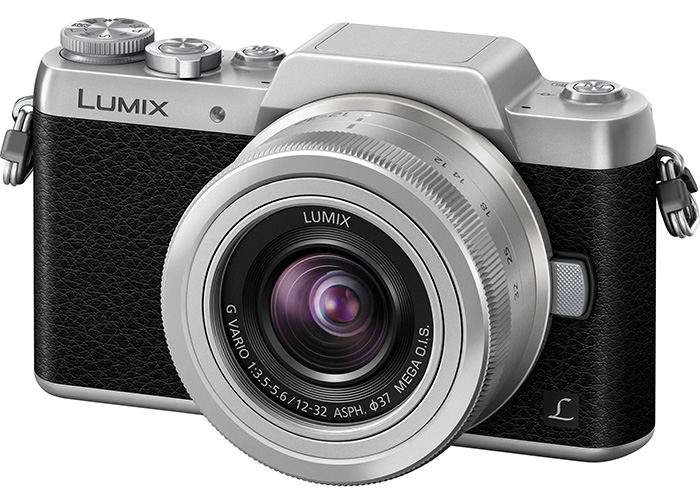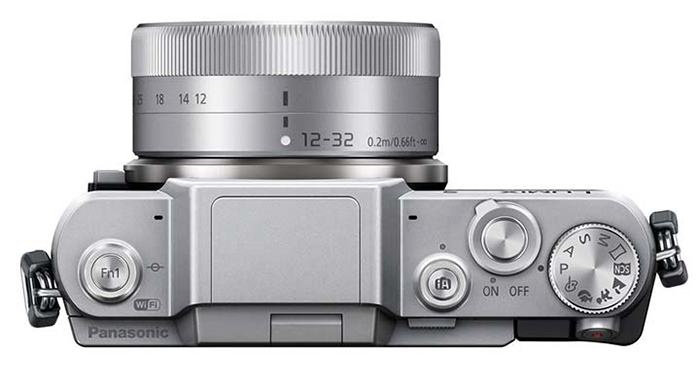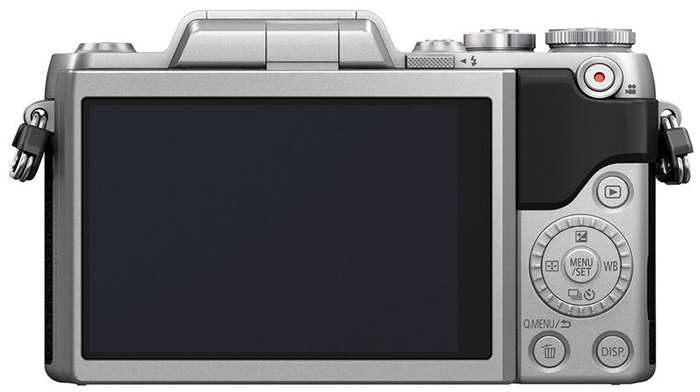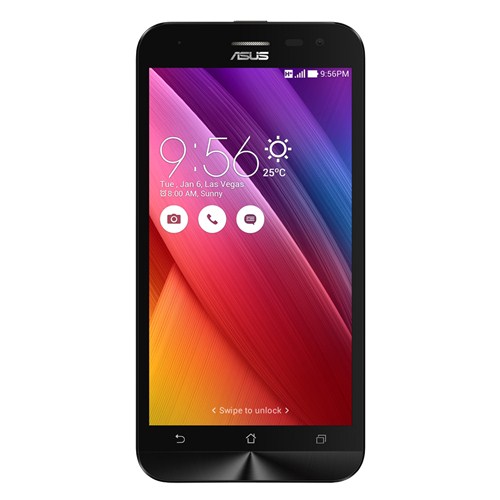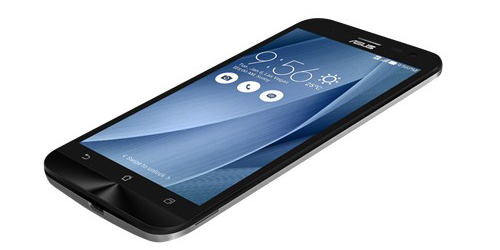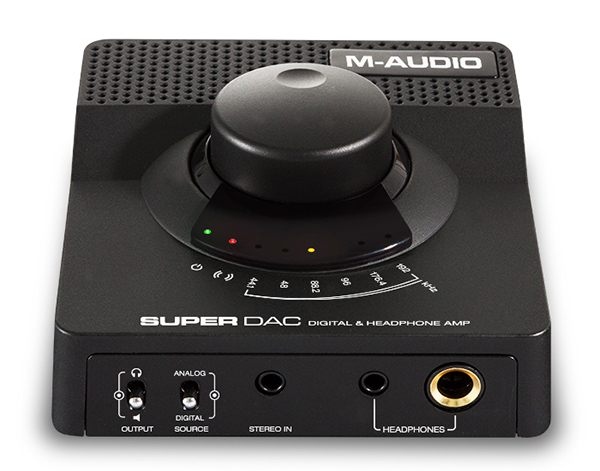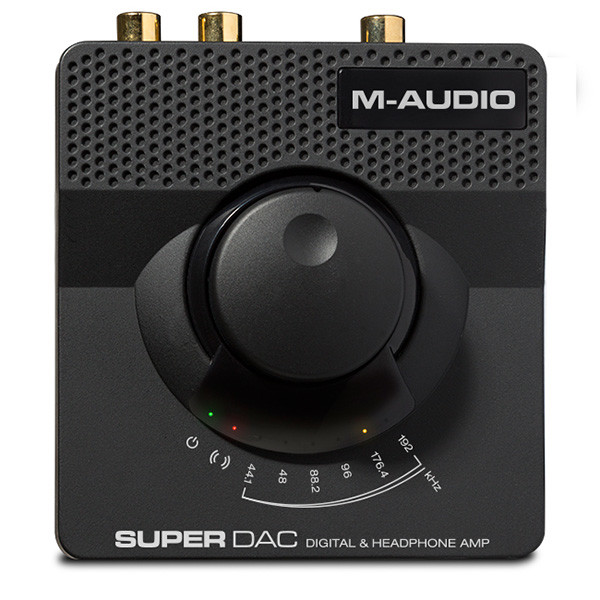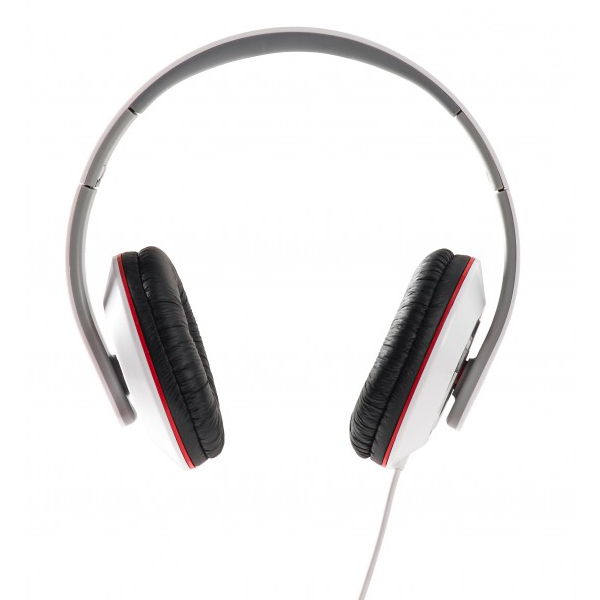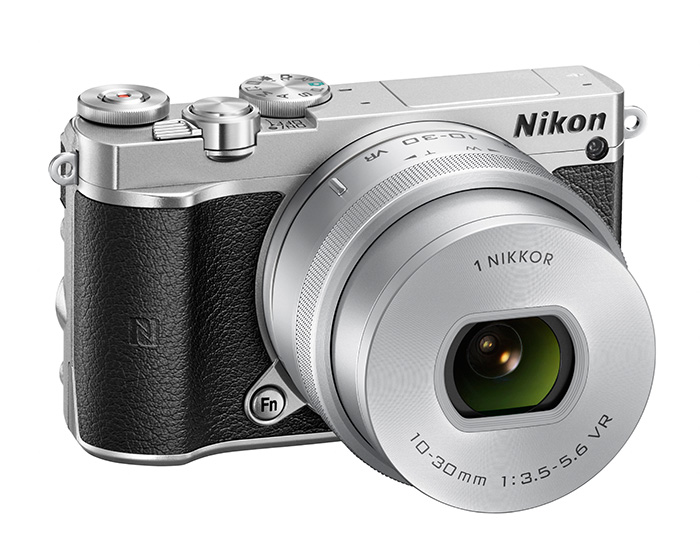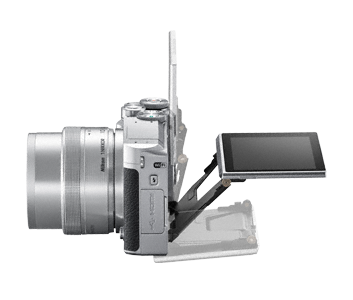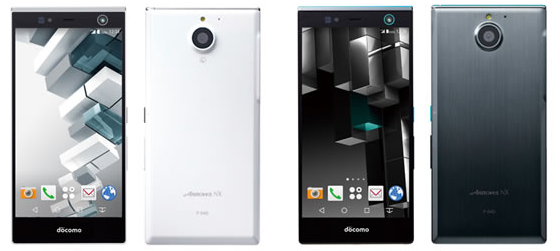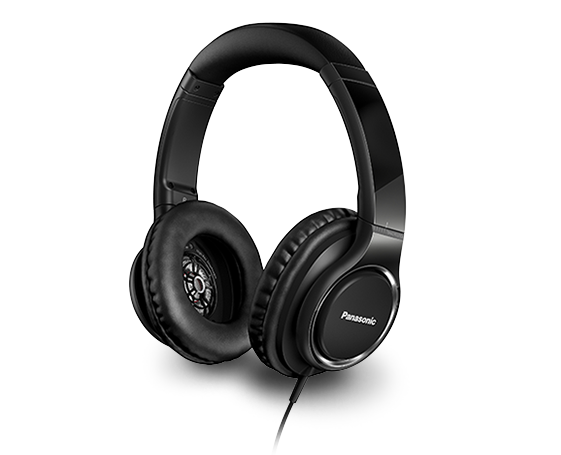
Lets review external USB audio interface Roland Tri-Capture, oriented on portable recording of 3 inputs, incoming signal monitoring and sounds playback from different sources. All connectors are placed on card’s back panel, among them there are : TRS ( 1/4″ jack ) headphones output; the same balanced outputs for left and right channels; USB port for connection with computer and power receiving from it; 2 RCA inputs for stereo sound recording; TRS ( 1/4″ jack ) input, which can work in linear and instrumental Hi-Z modes; and XLR microphone input, to which phantom power +48 V can be connected. Its top panel has : phantom power switch and signal level control; Hi-Z/linear modes switch for instrumental input and signal level control knob; stereo signal level control; signal and clip indicators for all 3 inputs; recording mode selector ( microphone/instrumental inputs, all inputs or loop back mode ); outputs mute button, Direct Monitor mode switch for headphones and their volume level control with levels and clipping indicators for both channels. Card can work with sampling rates up to 96 kHz and 24 bits per sample precision.

Roland Tri-Capture fully powers via USB connection and draws 480 mA maximal current. Device sizes are 171 ( width ) x 134 ( depth ) x 40 ( height ) mm and mass is 320 g. For sound card drivers are released for Windows XP, Vista, 7, 8, 8.1 and 10 with ASIO 2.0 interface support and for Mac OS X with Core Audio interface support, via which modern DAWs ( Avid Pro Tools, Ableton Live, Steinberg Cubase, FL Studio, Cackewalk Sonar, REAPER and others ) can use all its functions. Package contains : Roland Tri-Capture sound card, USB cable, CD-ROM with drivers and VST plugins and instruments, DVD-ROM disk with Cakewalk SONAR LE program for Windows, warranty card and user’s guide. All in all, this is a good card, which has all connectors for analogue sounds recording in small studio; from its minuses not the highest sampling rate, lack of MIDI connectors and quite big sizes can be noted. Also, there is need to look on device’s price, quite may be that more functional entry level studio audio interfaces of Steinberg and Behringer cost less.

